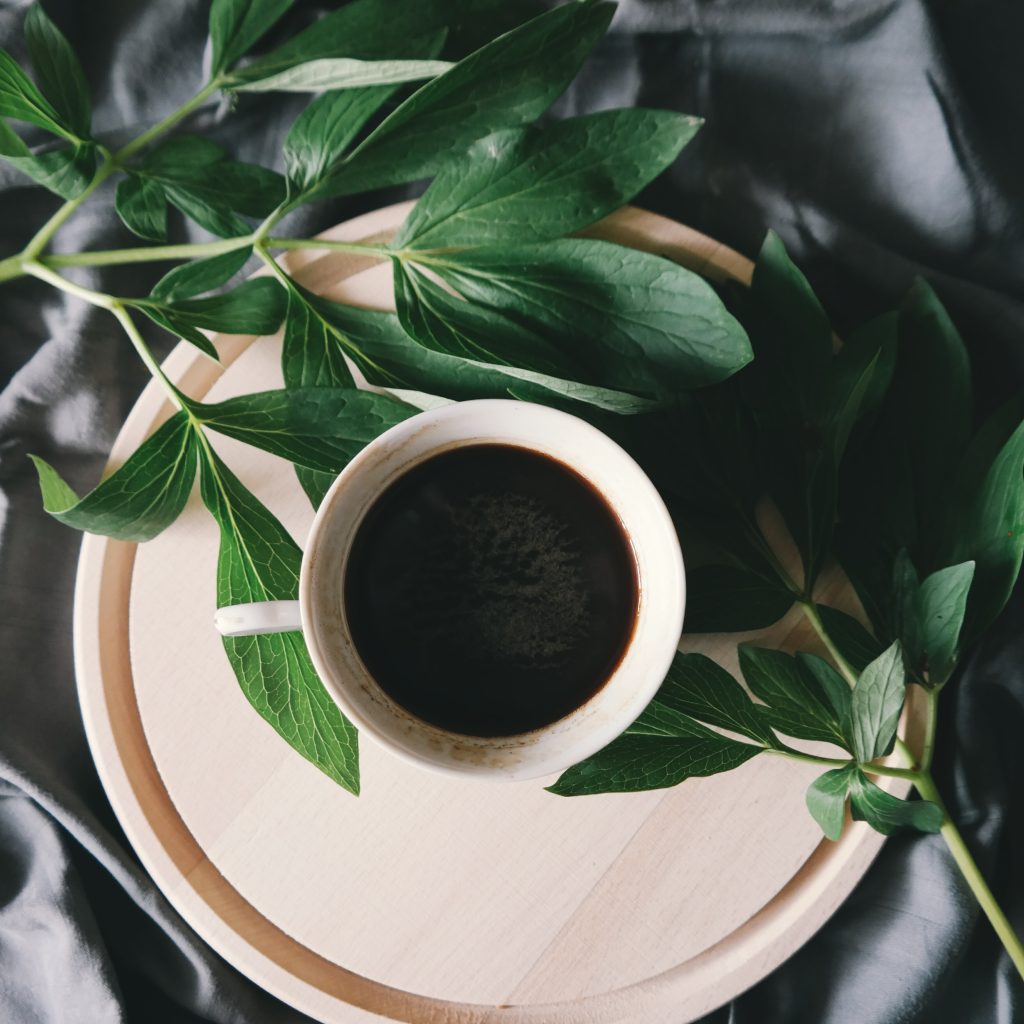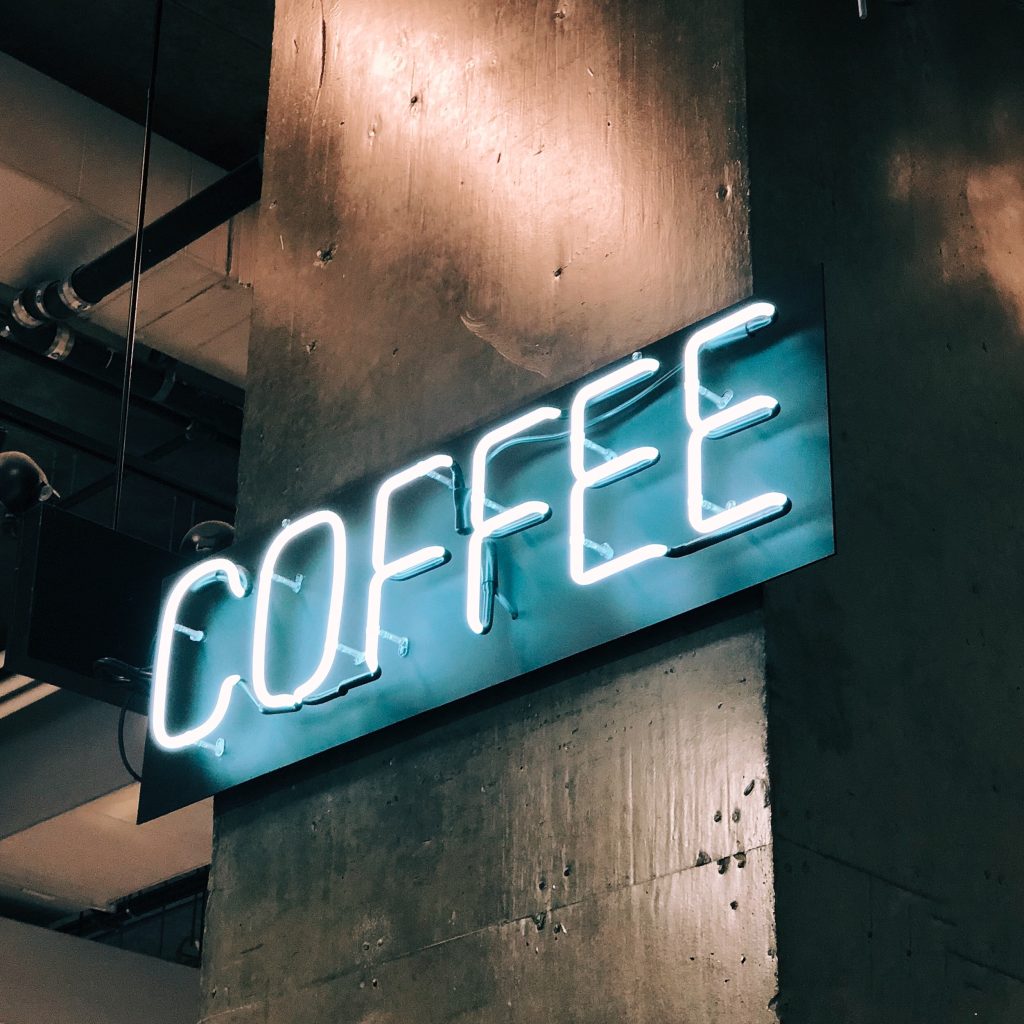Best French Press Coffee Recipe
In this guide, we present the ultimate steps to the best French press coffee recipe. We understand the importance of a rich and flavorful cup of joe, and our expert tips will ensure that you achieve the perfect balance every time. From selecting the finest coffee beans to mastering the precise brewing technique, we provide you with the essential knowledge to elevate your coffee experience to new heights. Whether you’re a coffee aficionado or a beginner, this comprehensive guide will equip you with the skills and expertise to brew an outstanding cup of French press coffee that will delight your senses.
Choosing the Right Beans
Selecting a High-Quality Coffee
When it comes to making the perfect cup of French press coffee, one of the most important factors to consider is the quality of the beans. To ensure a rich and flavorful brew, it is crucial to select high-quality coffee beans. Look for beans that are freshly roasted and have a strong aroma. Opt for beans that are labeled as “specialty” or “single-origin” as they tend to possess more distinct and complex flavors. Additionally, consider purchasing beans from reputable coffee roasters or local specialty coffee shops to guarantee the freshness and quality of the product.
Deciding on the Roast Level
Another crucial decision to make when choosing beans for your French press is the roast level. The roast level of your coffee beans greatly impacts the taste and flavor profile of the resulting brew. Lighter roasts tend to have brighter and more acidic flavors, while darker roasts tend to be bolder and more robust. Consider your personal preference when it comes to taste and experiment with different roast levels to find your perfect cup of coffee.
Opting for Whole Beans
While it may be tempting to opt for pre-ground coffee for the sake of convenience, using whole beans is highly recommended for French press brewing. By grinding the beans right before brewing, you ensure the freshness and integrity of the flavor. Whole beans have a longer shelf life as compared to pre-ground coffee, and grinding them just before brewing allows for optimal extraction of oils and flavors. This results in a more nuanced and flavorful cup of coffee.
Grinding the Coffee
Investing in a Burr Grinder
To achieve the best possible results with your French press, it is essential to invest in a high-quality burr grinder. Burr grinders provide a consistent grind size, which is crucial for even extraction. Unlike blade grinders, which can result in uneven particle sizes, burr grinders ensure that the coffee grounds are evenly sized for optimal flavor extraction. Investing in a burr grinder may require a larger upfront cost, but the resulting improvement in taste and consistency is well worth it.
Setting the Grind Size
The grind size of your coffee grounds plays a significant role in the overall taste and brew time of your French press coffee. For French press brewing, a coarse grind size is recommended to achieve the best results. Coarse grounds allow for a slower extraction process, which results in a fuller-bodied and less bitter cup of coffee. Experiment with different grind sizes to find the perfect balance for your taste preferences.
Avoiding Pre-Ground Coffee
While pre-ground coffee may be convenient, it is best to avoid using it for French press brewing. Pre-ground coffee often lacks the freshness and flavor of freshly ground beans, as the grounds have been exposed to oxygen for an extended period. Additionally, pre-ground coffee is often ground too finely for French press brewing, which can lead to over-extraction and a bitter taste. By grinding your coffee just before brewing, you ensure that you are getting the freshest and most flavorful cup of coffee possible.

Calculating the Coffee-to-Water Ratio
Understanding the Ideal Ratio
Getting the coffee-to-water ratio right is vital for achieving a balanced and flavorful brew in your French press. The ideal ratio is generally considered to be 1:15 or one part coffee to 15 parts water. This ratio allows for optimal extraction without overpowering the coffee with too much water. However, feel free to adjust this ratio according to your personal taste preferences.
Determining the Amount of Coffee
To determine the amount of coffee needed for your French press, consider the serving size and the desired strength of the brew. A general guideline is to use one to two tablespoons of coffee grounds per six ounces of water. However, feel free to adjust the amount of coffee to your liking. If you prefer a stronger cup, add a bit more coffee. If you prefer a milder cup, decrease the amount of coffee accordingly.
Measuring the Correct Amount of Water
Accurately measuring the correct amount of water is crucial for achieving a consistent and well-balanced cup of coffee. Use a measuring cup or a kitchen scale to ensure precise measurements. Pour the desired amount of cold, fresh water into the kettle or pot that you will be using to heat the water. Ensuring the correct water-to-coffee ratio will result in a perfectly brewed French press coffee.
Heating the Water
Using Fresh Cold Water
When heating the water for your French press, it is essential to use fresh, cold water. Fresh water is free from any leftover flavors, minerals, or impurities that may affect the taste of your coffee. Avoid using hot tap water, as it often carries a metallic taste. Instead, fill your kettle or pot with cold water from the faucet. Fresh cold water will ensure a clean and pure taste in your final cup of coffee.
Determining the Water Temperature
The water temperature for French press brewing should be between 195°F (90.6°C) and 205°F (96.1°C). This temperature range allows for optimal extraction of the coffee’s flavors without scorching or under-extracting the grounds. To ensure you’re within this range, use a kitchen thermometer to measure the water temperature accurately. Avoid boiling water as it can result in over-extracted, bitter-tasting coffee.
Avoiding Boiling Water
Boiling water may seem like the most efficient and convenient way to heat water for your French press, but it is not recommended. Boiling water can scorch the coffee grounds, resulting in a bitter and unpleasant taste. It is best to heat the water to the desired temperature range (195°F to 205°F) and then remove it from the heat source promptly. By avoiding boiling water, you allow for a more controlled and balanced extraction of flavors from the coffee grounds.

Preheating the French Press
Warming Up the French Press
To ensure that the brewing temperature remains stable throughout the process, it is essential to preheat the French press. Preheating the French press helps maintain the optimal brewing temperature, which allows for a more consistent and better-extracted brew. Simply pour hot water into the empty French press, swirl it around, and then discard the water.
Ensuring Proper Temperature Distribution
When preheating the French press, it is crucial to ensure that the entire interior of the press is heated evenly. Swirling the hot water inside the press helps distribute the heat and prevents any cold spots that may affect the brewing process. By ensuring proper temperature distribution, you can achieve a more balanced and flavorful cup of French press coffee.
Adding the Coffee Grounds
Pouring the Appropriate Amount
Once you have preheated your French press and ground your coffee to the desired coarseness, it is time to add the coffee grounds to the press. Pour the appropriate amount of coffee grounds into the bottom of the press, based on the coffee-to-water ratio that you have determined. Ensure that you are adding the correct amount of grounds to achieve the desired strength and flavor in your coffee.
Checking for Consistency
After adding the coffee grounds to the French press, it is essential to check for consistency. Ensure that the grounds are evenly distributed on the bottom of the press and not clumped together in certain areas. Even distribution of the grounds allows for optimal extraction and a more balanced flavor in the final cup of coffee.
Avoiding Any Clumps
Clumps of coffee grounds can cause uneven extraction and result in a brew with varying flavors and strengths. To avoid clumping, gently tap the sides of the French press to dislodge any clumps that may have formed. Alternatively, you can use a spoon to break up any larger clumps and ensure that the grounds are evenly distributed throughout the press. By avoiding clumps, you can achieve a more consistent and flavorful cup of French press coffee.
Pouring the Water
Pouring Slowly and Steadily
When pouring the water into the French press, it is important to pour slowly and steadily. Pouring too quickly can agitate the coffee grounds and result in an uneven extraction. Aim to pour the water in a circular motion, starting from the center and moving outward. Pouring slowly and steadily allows for proper saturation of the grounds and ensures a more consistent and flavorful cup of coffee.
Covering All the Coffee Grounds
When pouring the water, it is crucial to cover all the coffee grounds evenly. Ensure that no dry pockets of grounds are left untouched by the water. Pouring slowly and in a circular motion helps to cover all the grounds and maximize the extraction of flavors. By covering all the coffee grounds, you can achieve a more balanced and flavorful cup of French press coffee.
Allowing Proper Extraction Time
After pouring the water over the coffee grounds, it is important to allow for proper extraction time. The optimal extraction time for French press coffee is typically four to five minutes. Use a timer to ensure that you are allowing the coffee enough time to steep and release its flavors. By adhering to the correct extraction time, you can achieve a well-balanced and flavorful cup of coffee.
Stirring the Coffee
Using a Long Spoon
Stirring the coffee grounds during the brewing process is necessary to ensure even extraction and a more consistent flavor. Use a long spoon that reaches the bottom of the French press to stir the coffee gently. A long spoon allows you to reach all the grounds and mix them evenly, resulting in a brew with a more balanced flavor.
Ensuring Even Distribution of Water
When stirring the coffee, pay attention to the distribution of water and coffee grounds. Make sure that all the grounds are fully saturated and mixed with the water. Stirring promotes even extraction and helps release the flavors evenly, resulting in a more consistent and flavorful cup of French press coffee.
Avoiding Overstirring
While stirring is essential, it is important to avoid overdoing it. Overstirring can lead to excessive agitation of the coffee grounds, which may result in a brew with increased bitterness or astringency. To prevent over-extraction, stir the coffee gently and avoid prolonged or vigorous stirring. By stirring appropriately, you can achieve a well-balanced and flavorful cup of French press coffee.
Brewing Time for Best French Press Coffee Recipe
Determining the Optimal Brewing Time
The optimal brewing time for French press coffee is typically four to five minutes. This timeframe allows the coffee to steep and extract its flavors properly, achieving a well-balanced cup. However, brewing time can be adjusted based on personal taste preferences. If you prefer a stronger cup of coffee, you can increase the brewing time slightly. Conversely, if you prefer a milder cup, you can reduce the brewing time accordingly.
Considering Personal Taste Preferences
While general guidelines for brewing time exist, it is essential to consider personal taste preferences when determining the optimal brewing time. Some individuals may prefer a stronger and more robust cup of coffee, while others may prefer a milder and more delicate flavor. Experiment with different brewing times to find the perfect balance that suits your taste buds. Brewing time plays a significant role in the final flavor profile of your French press coffee.
Plunging and Serving
Pressing Down the Plunger Slowly
After the desired brewing time has elapsed, it is time to press down the plunger on your French press slowly. Apply gentle and even pressure to the plunger, pressing it down until it reaches the bottom of the press. Pressing down too quickly or forcefully may result in sediment escaping into your cup. Pressing down slowly ensures a cleaner cup of coffee with minimal sediment.
Pouring the Coffee into Cups
Once the plunger has been fully pressed down, it is time to pour the freshly brewed coffee into cups. Pour the coffee slowly and steadily to avoid any splashing or spillage. Using a gentle pouring motion helps to preserve the flavors and aromas of the coffee. If serving multiple cups, ensure that each cup receives an equal amount of coffee.
Enjoying the Rich Flavor
Finally, it is time to sit back, relax, and savor the rich flavor of your French press coffee. French press brewing captures the robustness and complexity of the coffee beans, allowing for a full-bodied and flavorful cup. Take the time to appreciate the aromas and taste notes that the French press method brings out in the coffee. Enjoy your cup of coffee while it’s still hot to fully experience the depth and richness of the brew.
In conclusion, brewing for the best french press coffee recipe, requires attention to detail and adherence to best practices. From choosing high-quality beans to properly grinding, measuring, and brewing, each step contributes to achieving a well-balanced and flavorful cup of coffee. By following these comprehensive guidelines, you are on your way to brewing the best French press coffee from the comfort of your own home.



